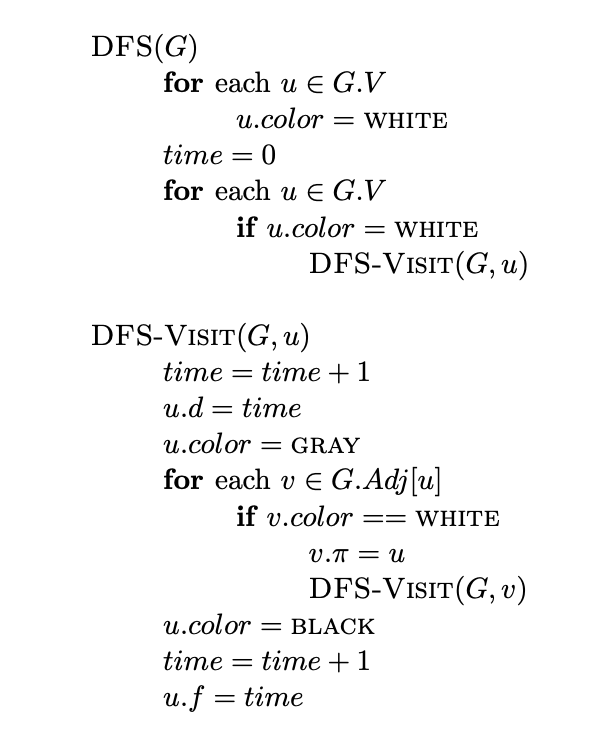I'm not going to tell you the exact modifications you need to do to the pseudo-code, but here is the high-level idea, which also shows why the longest-path problem on DAGs can be solved with just a DFS visit.
Forget about the visit for a second and suppose that you somehow know a topological order of the vertices of the graph. Let this order be $v_1, v_2, \dots, v_n$.
Let $\ell(v_i)$ be the length of the longest path starting from $v_i$.
If $v_i$ is a sink we clearly have $\ell(v_i) = 0$. Otherwise:
$$
\ell(v_i) = 1 + \max_{v_j \, : \, (v_i, v_j) \in E} \ell(v_j).
$$
Notice that, due to our topological order, we necessarily have that $j>i$ in the above formula. This means that we are always able to compute $\ell(v_i)$ if we consider the vertices $v_i$ in reverse topological order.
This is where the above dynamic-programming algorithm connects with the DFS visit: if you consider the order of the vertices induced by the ending times of DFS visit, you obtain a reverse topological order of $G$, which is exactly what you need. This means that you can compute $\ell(v_i)$ just before the DFS visit on node $v_i$ ends.

